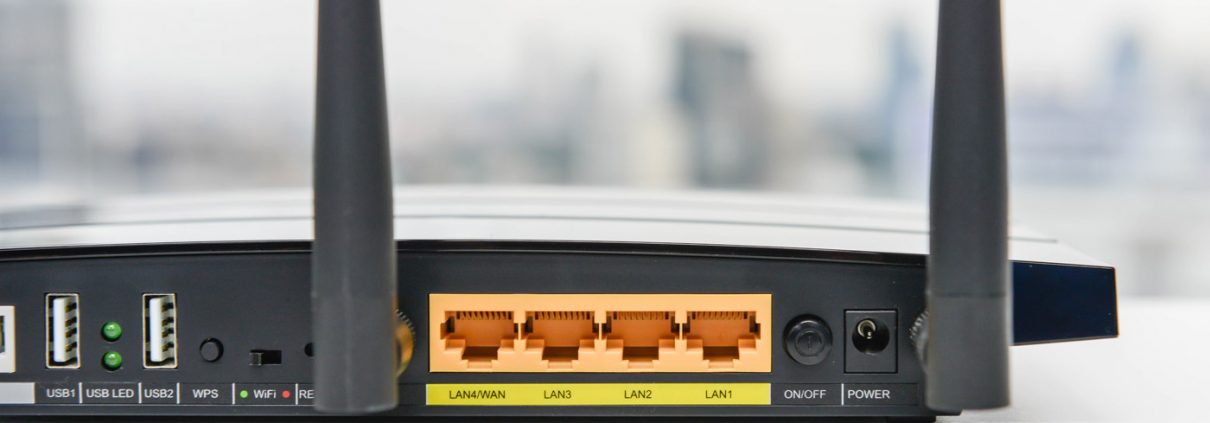Most people think about network infrastructure about as much as they think about plumbing – which is to say, not at all, until something really unfortunate happens. That’s what puts the “infra” in the infrastructure – we want it out of sight, out of mind, and ideally mostly below ground. We pay more attention to our computing machinery, because we use them directly to do business, to be sociable, or for entertainment. All of these uses depend critically on the network, but that doesn’t mean most of us want to think about the network, itself.
That’s why SEC Consult’s research into exploitable routers probably won’t get the attention it deserves. That’s a pity – it’s a rich and worthwhile piece of work. It’s also the shape of things to come, as we move into the Internet of Things. (I had a great conversation a little while ago with some fire suppression engineers who are increasingly aware of cyber issues – we were amused by the concept of The Internet of Things That Are on Fire.)
In a nutshell, the good folks at SEC Consult searched the Internet for objects with a particular kind of broken cryptography – specifically, with known private keys. This is equivalent to having nice, shiny locks visible on all your doors, but all of them lacking deadbolts. It sure looks like you’re secure, but there’s nothing stopping someone simply opening the doors up. (At a minimum, the flaw they looked for makes it really easy to snoop on encrypted traffic, but depending on context, can also allow masquerading and logging in to control the device.)
And what did they find when they twisted doorknobs? Well, if you’ve read this far, you won’t be surprised that they uncovered several million objects with easily decrypted cryptography. Interestingly, they were primarily those infrastructure devices we prefer to forget about. Coincidence? Probably not. The more we ignore devices, the messier they tend to get. That’s one of the scarier points about the Internet of Things – once we have millions or billions of online objects, who will take care of patching them? (Can they be updated? Is the manufacturer responsible? What if the manufacturer has gone out of business?)
But what really puts the icing onto the SEC Consult cake is that they tried hard to report, advertise, and publicize everything they found in late 2015. They pushed vendors; they worked with CERT teams; they made noise. All of this, of course, was an attempt to get things to improve. And what did they find when they went back to scan again? A 40% increase in devices with broken crypto! (To put the cherry onto that icing, the most common device type they reported before has indeed tended to disappear. Like cockroaches, if you kill just one, you’re likely to find more when you look again.)
So what are we to conclude? We may wish our infrastructure could be started up and forgotten, but it can’t be. It’s weak, it’s got mistakes in it, and we are continuously finding new vulnerabilities. One key take-away about these router vulnerabilities: we should never expose management interfaces. That sounds too trivial to even mention – who would knowingly do such a thing? But people unknowingly do it, and only find out when the fan gets hit. When researchers look (and it gets ever easier to automate an Internet-wide search), they find millions of items that violate even basic, well-understood practices. How can you tell if your infrastructure has these mistakes? I’m not saying a typical enterprise network is all built out of low-end routers with broken crypto on them. But the lessons from this research very much apply to networks of all sizes. If you don’t harden and control access to your infrastructure, your infrastructure can fail (or be made to fail), and that’s not just smelly – it’s a direct loss of digital resilience. And that’s something we can’t abide.



